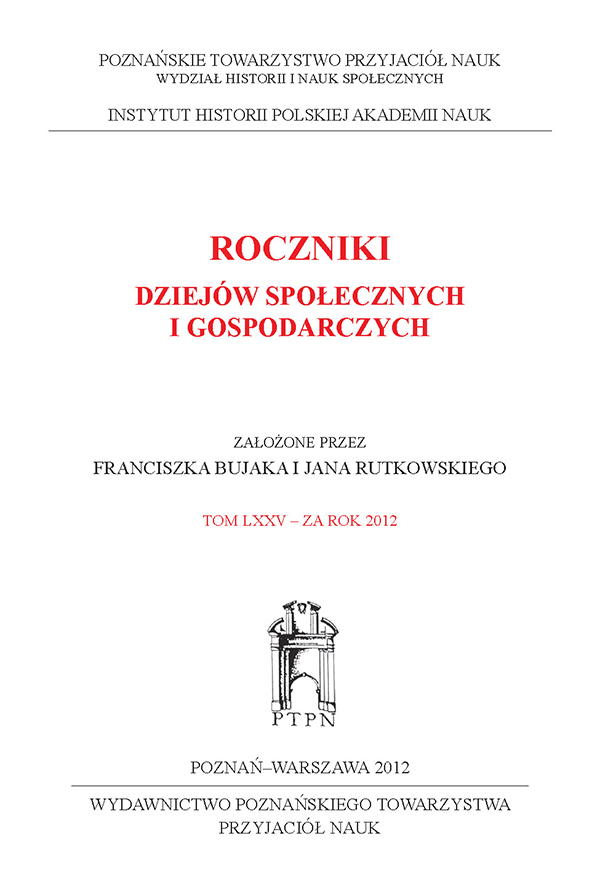Polityka podatkowa II Rzeczypospolitej. Zarys problematyki
DOI:
https://doi.org/10.12775/RDSG.2012.05Abstrakt
The Tax Policy of the Second Republic. An Outline
(Summary)
From the very outset, the Second Polish Republic’s tax policy was fraught with many problems, the elimination of which gave rise to a great number of difficulties, while the resultant tasks went far beyond the traditional understanding of the term. The need to unify the previously existing tax systems in pre-war Polish lands, the need to obtain adequate revenues for the State budget, and endeavouring to create a tax system that would provide sufficient funds allowing Polish society and the economy to fulfil its potential, were only some of the most important challenges facing the authors of the Polish fiscal policy. From the point of view of its goals and activities, this policy can be divided into two main periods. The first, which lasted until the mid-1920s, included the unification of the existing fiscal solutions and the construction of a framework for the tax system. In the second period, despite the reform that had already been announced at the very outset, the tax policy was focused primarily on achieving short-term objectives, and openly neglected any systemic changes. It was only in the last three years, just before the outbreak of World War II, that the so-called small tax reform was brought in, which was to become the first step towards major changes in the system. In this way, after twenty years of independence, the Second Polish Republic was still facing new challenges whose eventual realisation was interrupted by German aggression. The assessment of the actions carried out under this policy has to be ambivalent, because apart from any real success, the policy in question also had evident failures and by the end of the 1930s, the tax system which the Poles had worked so hard to build was still incomplete.
Pobrania
Opublikowane
Jak cytować
Numer
Dział
Statystyki
Liczba wyświetleń i pobrań: 443
Liczba cytowań: 0



